When an application requires a linear guide with high load capacity, high stiffness, and good travel accuracy, the range of suitable products is typically narrowed down to two designs: recirculating linear guides and crossed roller slides.
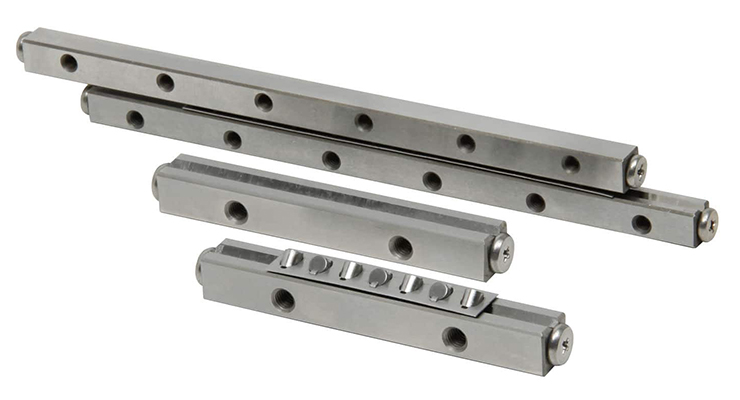
Where recirculating linear guides use balls to support the load, crossed roller slides use rollers. The rollers ride in v-shaped grooves between two parallel guides, and are arranged in a crisscross pattern – each roller is turned at a 90 degree angle relative to the one next to it. Hence, the term “crossed” roller slide. The rollers are held by a metal or resin cage, similar to the caged ball, or “ball chain,” design now found in recirculating linear guides.
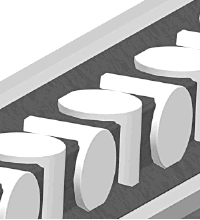
Image credit: NB Corporation
While recirculating guides and crossed roller slides both provide high load capacities and rigidity, crossed roller slides typically outperform recirculating linear guides in both areas. This is due to the line contact that rollers have with the raceways, as opposed to the point contact that balls experience. The increased contact area of the rollers also gives crossed roller designs higher stiffness and, therefore, less deflection under load, than recirculating linear guides. However, crossed roller slides are less forgiving of imprecise mounting surfaces. This is one reason why crossed roller designs are well-suited for use in linear stages – since stages are characterized by precise mounting surfaces and extremely flat and accurate travel.
It should be noted that recirculating linear guides are also available with rollers in lieu of balls, for higher load capacities and stiffness. However, recirculating roller guides are typically offered only in larger sizes, suitable for heavy machining and pressing equipment.
Another advantage of crossed roller slides is that they have extremely smooth motion. This is because crossed roller designs are non-recirculating, meaning they don’t suffer from the pulsations that recirculating bearings experience as the balls (or rollers) enter and exit the load zone. The lack of impacts due to recirculating elements greatly reduces noise generation, making crossed roller slides noticeably quieter than recirculating bearings. However, the non-recirculating design of crossed roller slides means their travel is limited, typically to 1 meter. And the crossed roller slide assembly must be twice as long as the maximum stroke, because the two guides move in opposite directions from each other.
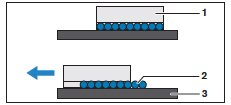
Image credit: Bosch Rexroth
Unlike recirculating guides, the static and dynamic coefficients of friction for crossed roller slides can be very similar, which minimizes the effects of stiction. This makes crossed roller slides excellent for applications that require minute motions, such as cameras and microscopes.
Crossed roller slides are sometimes considered alongside air bearings. Although air bearings have extremely smooth motion and high load capacity, they’re unable to provide the same level of stiffness as mechanical bearings. Air bearings are also fundamentally more expensive and complicated to operate, requiring multiple components – such as compressors, filters, tubing, and fittings – to handle air preparation and delivery to the bearing surface.

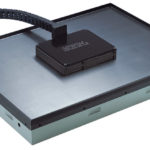
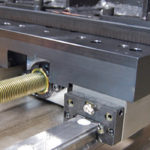
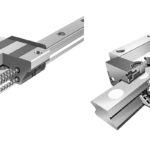
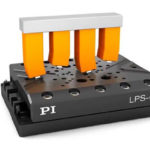
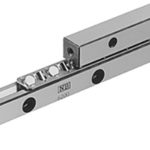

Leave a Reply
You must be logged in to post a comment.